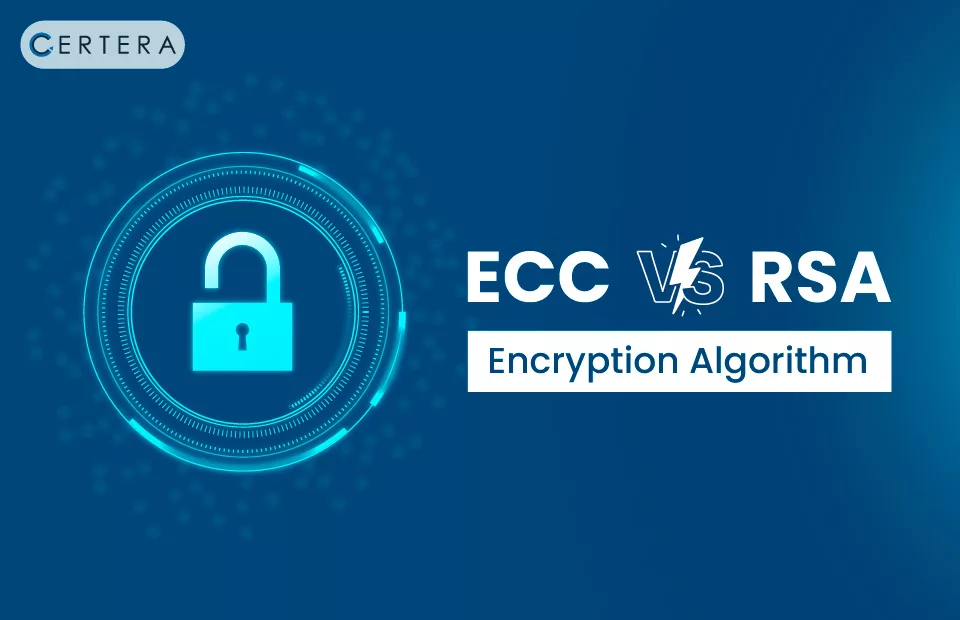In the ever-evolving landscape of cryptography, the algorithms utilized to secure data have become diverse and nuanced, each offering unique advantages and disadvantages. Among the most prevalent schemes are RSA, DSA, and ECC. These three algorithms represent different methodologies for ensuring confidentiality, integrity, and authentication in data communication. However, as the field advances, a pertinent question emerges: which of these algorithms should a newcomer to cryptography prioritize? This exploration aims to elucidate the essential characteristics of RSA, DSA, and ECC, ultimately guiding learners in their decision-making process.
Understanding RSA: The Traditional Titan
RSA, an acronym for Rivest-Shamir-Adleman, is one of the oldest public key cryptosystems, devised in 1977. Its foundational principle lies in the mathematical properties of prime numbers. The algorithm relies on the difficulty of factoring the product of two large prime numbers—a task that becomes exponentially more challenging as the number of digits increases. Consequently, the security of RSA is predicated on the size of its keys. Typically, key sizes range from 2048 bits to 4096 bits in contemporary usage.
One of RSA’s main appeals is its widespread adoption and familiarity within various applications, including secure web browsing (HTTPS) and email encryption. Its robustness against classical brute-force attacks has solidified its status as a reliable choice for many organizations. However, RSA is not without its limitations. Key generation in RSA is computationally intensive, which can lead to latency issues in high-load environments. Furthermore, as the computational power of adversaries increases, so does the importance of larger key sizes, which can hinder efficiency.
Deciphering DSA: The Digital Signature Advocate
While RSA serves as a versatile encryption algorithm, DSA (Digital Signature Algorithm) is specifically designed for creating digital signatures. Established by the National Institute of Standards and Technology (NIST) in 1991, DSA operates on the principle of discrete logarithms—a different mathematical underpinning from RSA’s prime factorization.
DSA’s primary application is in environments where the verification of the authenticity of a digital message is paramount. This algorithm creates a fixed length signature, which allows a sender to prove the integrity and origin of the message without exposing the underlying content. Moreover, it utilizes shorter keys compared to RSA, generally ranging from 1024 bits to 2048 bits, while still maintaining a comparable level of security. However, the strength of DSA lies mainly in its signature generation and verification process, leading to limited applicability in encryption.
Despite its effectiveness, DSA does present certain pitfalls. The requirement for secure generation of random numbers is critical; weak randomness can lead to vulnerabilities. Any compromise of the private key could result in severe security breaches. As such, those entering the realm of cryptography need to understand not only how DSA works, but also the implications of its operational environment.
Exploring ECC: The Efficient Challenger
ECC, or Elliptic Curve Cryptography, represents a modern approach to cryptography, gaining traction due to its efficiency and strong security margins. The essence of ECC resides in the mathematics of elliptic curves over finite fields, which allows for smaller keys while retaining equivalent security levels seen in RSA and DSA.
For instance, a 256-bit ECC key provides a level of security comparable to a 3072-bit RSA key. This efficiency in key size translates to faster computations and reduced bandwidth, making ECC particularly favorable in mobile and low-resource environments. As the Internet of Things (IoT) expands and devices with limited processing capabilities proliferate, the importance of efficiency in cryptographic tasks cannot be overstated.
However, the CFRP (Curve Factorized Randomness Protocol) underlying ECC involves complex mathematics that may intimidate newcomers. Understanding these obscured mathematical intricacies is critical for effective implementation. Yet its popularity in modern applications—ranging from securing communications to digital signatures—makes ECC an indispensable study for anyone entering the field.
Deciding Which to Learn First
Given the distinct characteristics and advantages of RSA, DSA, and ECC, choosing which algorithm to learn first is a matter of aligning one’s goals with the strengths of each method. If the objective is to grasp the foundational elements of cryptography, particularly within contexts that are still reliant on traditional systems, RSA serves as an excellent starting point. It provides a fundamental understanding of public-key principles and has remaining relevance in numerous applications.
Conversely, if the interest leans towards digital signatures and understanding the nuances of authenticity and integrity in messages, mastering DSA would be advantageous. Grasping DSA can open insights into how trust can be established in digital interactions.
For those intrigued by modern implementations and the efficiency required in our increasingly digital world, ECC offers a forward-looking perspective. Although it may require a steeper learning curve due to its complex mathematical foundation, the operational efficiency gained is profoundly beneficial.
Conclusion: A Personalized Pathway
In conclusion, the choice of which cryptographic algorithm to learn first hinges on individual goals, concerns, and contextual applications. RSA, DSA, and ECC each offer distinct advantages and challenges, catering to different aspects of data security. Whether one seeks the solidity of traditional methods, the focus on digital authentication, or the efficiency of modern cryptography, understanding these algorithms is crucial in navigating the digital landscape securely. As a cryptographer, engaging with these diverse approaches promises not only knowledge but also an opportunity to contribute to the ongoing dialogue surrounding data security in a threatening world.







Leave a Comment